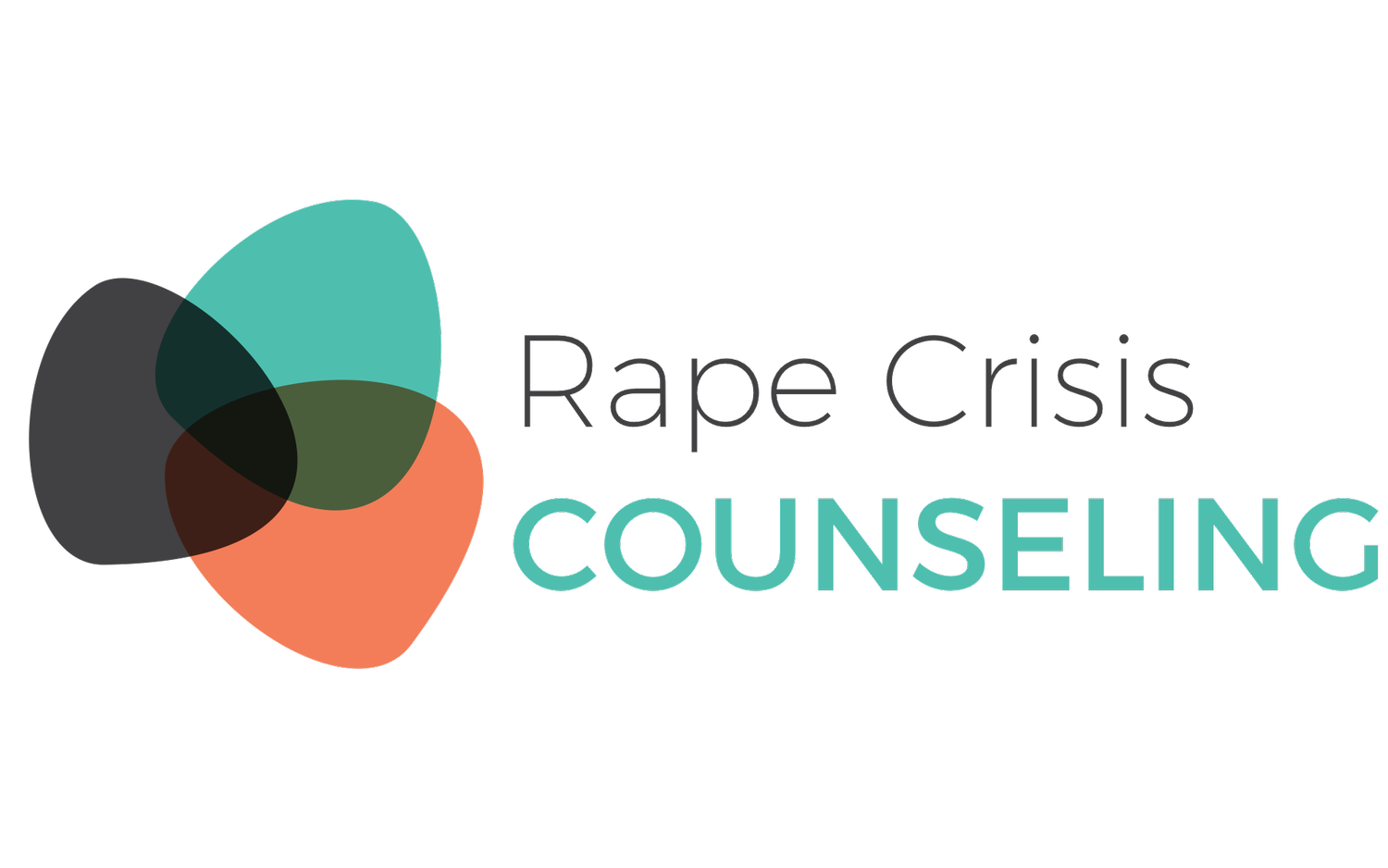3.1.4.1 Trauma and Disclosure
Disclosure is a process, not an event, and this process continues long after the survivor has left the health center.
The first time they disclose, most survivors do not tell the entire story from beginning to end.
Because disclosure happens in small parts, it can feel like a slow process for the advocate.
It’s important to be patient and listen to the survivor for as long as the disclosure process takes.
One of the first steps of disclosure is denial.
Denial may happen when the survivor does not feel safe or when they are not ready to address what has happened.
Creating a trusting relationship and helping the survivor feel safe can help them move through denial.
Often, the survivor will partially disclosure to see how you respond.
Research shows that if the first person a survivor tells about sexual assault believes them, they are more likely to move through disclosure towards healing.
If a survivor is met with strong reactions from the first person to whom they partially disclose, full disclosure becomes much more difficult.
A survivor may reverse their story, contradict themselves or appear uncertain about what happened. It’s important to be patient and supportive.
The most important thing a survivor needs during disclosure is to be believed.
It’s not about you fixing the survivor’s problems in the moment, trying to determine if something was illegal or what to do next.
Your job is simply to listen and support the survivor and to recognize that they have gone through something horrible and have lived to share about it.
Reaffirm that what they did was the right thing to do because they are still alive to talk about what happened: they are a survivor.
